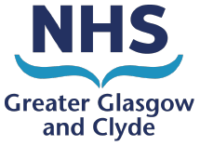This information is specifically aimed at pharmacists and their staff who work in the NHS Greater Glasgow and Clyde area but will be helpful to all who are active in public health improvement and health protection. It provides information on health improvement and health protection topics which relate to community pharmacy practice and today’s public health agendas, giving detailed advice and contacts useful in delivering these agendas.
Please click on any menu item for more information.
We are very keen to keep improving and expanding the website. Please direct all helpful suggestions or comments to the website editor by emailing the Public Health Pharmacy mailbox to: ggc.pharmacypublichealth@nhs.scot
